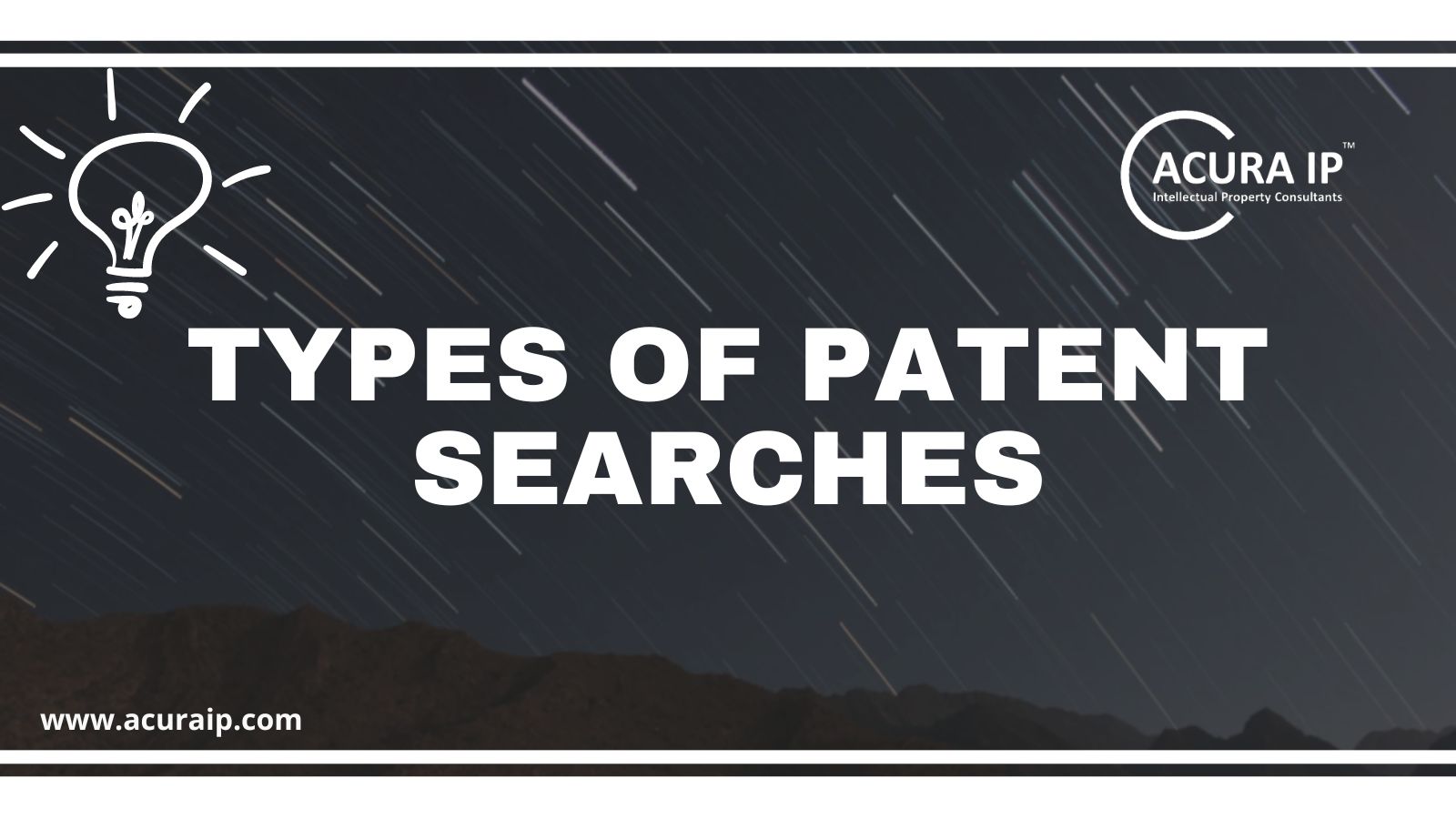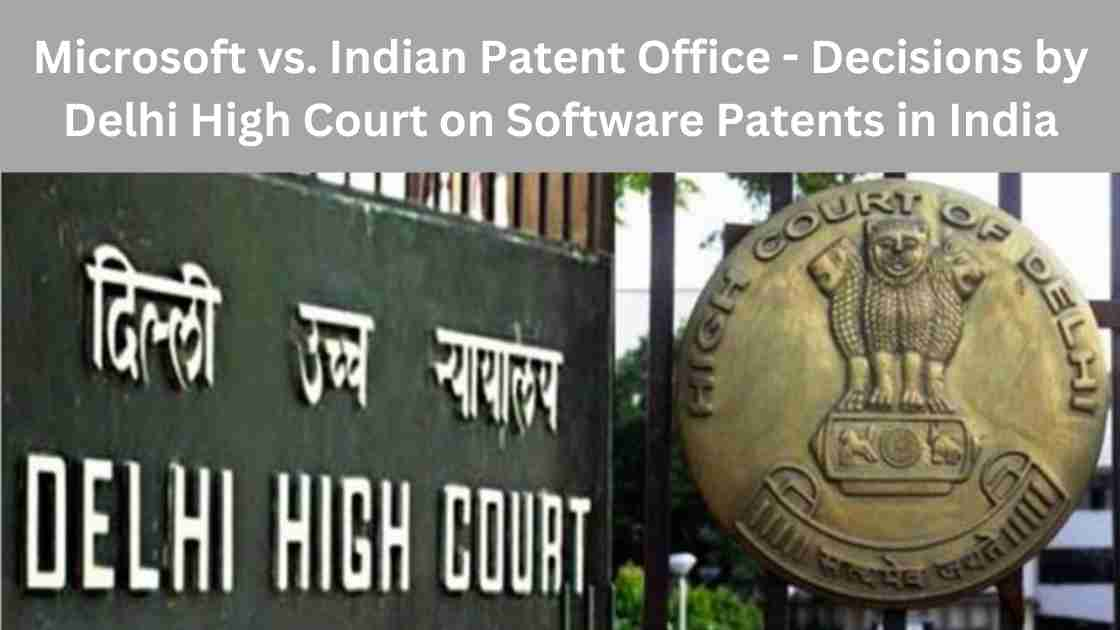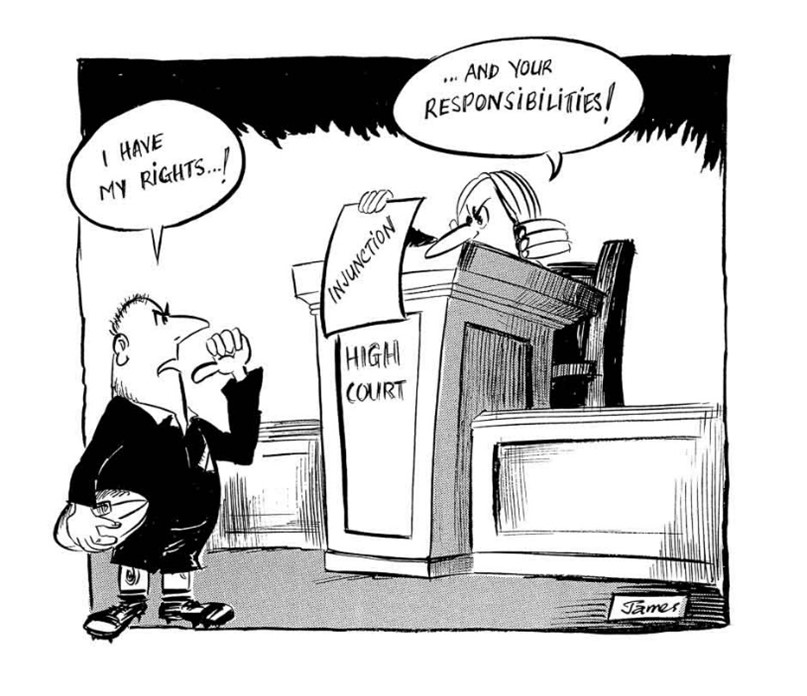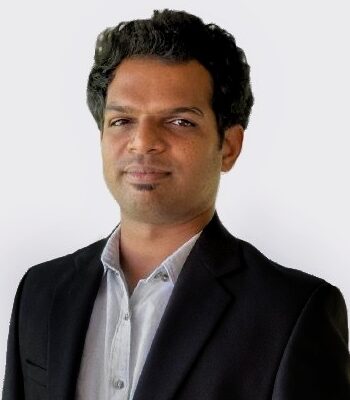
Non-Patentable Subject Matter Under Section 3 of the Indian Patents Act, 1970
The Indian Patents Act, 1970, outlines the framework for granting patents and specifies the types of inventions that are patentable in India. A crucial aspect of this Act is Section 3, which enumerates various categories of inventions that are not patentable. Understanding these exclusions is essential for inventors, legal practitioners, and businesses seeking patent protection in India. This article delves into the intricacies of Section 3, highlighting the non-patentable subject matter and providing insights into the rationale behind these exclusions.
Section 3 of the Indian Patents Act, 1970
Frivolous or Contrary to Natural Laws (Section 3(a))
Inventions that are frivolous or claim something obviously contrary to well-established natural laws are not patentable.
Example: A machine claimed to generate energy without any input (a perpetual motion machine) would be excluded from patentability because it contradicts the law of conservation of energy.
To become patent-eligible, the invention could be modified to operate based on recognized physical principles, such as a highly efficient energy recovery system that works within the bounds of thermodynamics.
Contrary to Public Order or Morality (Section 3(b))
Inventions whose primary or intended use could be contrary to public order or morality or cause serious prejudice to human, animal, or plant life or health, or the environment, are excluded from patentability.
Example: A device designed for illegal wiretapping or a biological weapon would not be patentable.
The invention could be modified for a legitimate use, such as a legal surveillance system with built-in privacy protections or a biocontrol method that targets specific pests without harming other organisms.
Mere Discovery of a Scientific Principle (Section 3(c))
The mere discovery of a scientific principle or the formulation of an abstract theory or discovery of any living thing or non-living substance occurring in nature is not considered an invention.
Example: The discovery of a new mineral or a mathematical theorem does not qualify for a patent unless it has a specific application or industrial utility.
To be patent-eligible, the discovery must be applied in a practical way, such as developing a novel industrial process using the mineral or creating a new technology based on the mathematical principle.
Mere Discovery of a New Form (Section 3(d))
The mere discovery of a new form of a known substance that does not result in the enhancement of the known efficacy of that substance is not patentable.
Example: A new crystalline form of a known drug that does not improve its therapeutic efficacy cannot be patented.
If the new form provides an unexpected therapeutic benefit, such as better bioavailability or reduced side effects, it could be patent-eligible.
Mere Arrangement or Re-arrangement (Section 3(f))
Mere arrangements or re-arrangements of known devices, each functioning independently in a known way, are not patentable.
Example: A torch with a built-in radio, where both functions operate independently, would not be considered an invention.
If the torch and radio are integrated in a way that they interact to create a new function, such as the torch automatically switching off to conserve battery when the radio is in use, it could become patent-eligible.
Method of Agriculture or Horticulture (Section 3(h))
Methods of agriculture or horticulture are not considered inventions.
Example: A new method for planting crops in a particular pattern would not be patentable.
A patent could be obtained for a new agricultural device that enables the planting method, or for a method that involves a technical intervention, such as a specific chemical treatment that enhances growth.
Treatment of Human Beings or Animals (Section 3(i))
Any process for the medical, surgical, curative, prophylactic, diagnostic, therapeutic, or other treatment of human beings or animals is not patentable.
Example: A surgical procedure for heart bypass or a method for treating diabetes would not be patentable.
A new medical device or a novel pharmaceutical composition used in the treatment could be patent-eligible, even if the procedure itself is not.
Plants and Animals (Section 3(j))
Plants and animals in whole or any part thereof, other than microorganisms, but including seeds, varieties, and species, and essentially biological processes for the production or propagation of plants and animals, are not patentable.
Example: A genetically modified plant variety would not be patentable in India.
A patent could be sought for a specific genetic modification technique or a novel microorganism used in the genetic modification process.
Mathematical or Business Methods (Section 3(k))
A mathematical or business method or a computer program per se or algorithms are not patentable.
Example: A software algorithm for sorting data or a method for calculating insurance premiums would not be patentable.
If the software is integrated with a technical solution, such as a novel hardware configuration that enhances data processing, it could become patent-eligible.
Literary, Dramatic, Musical, and Artistic Works (Section 3(l))
A literary, dramatic, musical, or artistic work or any other aesthetic creation including cinematographic works and television productions are not considered inventions.
Example: A novel, a painting, or a film script cannot be patented.
If the artistic work is incorporated into a new technology, such as an innovative virtual reality system that creates immersive artistic experiences, the technology itself could be patentable.
Presentation of Information (Section 3(m))
A mere scheme, rule, or method of performing a mental act or method of playing a game is not patentable.
Example: A method for teaching math through games or a new chess strategy would not be patentable.
A new educational device or software that implements the teaching method in a novel way could be patent-eligible.
Topography of Integrated Circuits (Section 3(n))
The topography of integrated circuits is not patentable, as it is protected under separate legislation specific to semiconductor integrated circuits.
Example: The design of the layout of transistors in a chip would not be patentable under the Patents Act.
Innovations in the manufacturing process or new materials used in the integrated circuit could be patent-eligible.
Traditional Knowledge (Section 3(p))
An invention which in effect is traditional knowledge or an aggregation or duplication of known properties of traditionally known components or components is not patentable.
Example: A formulation based on turmeric (known for its antiseptic properties) would not be patentable.
A novel extraction process or a new application of the traditionally known component, such as a unique drug delivery system using turmeric, could be patent-eligible.
Overall, Section 3 of the Indian Patents Act, 1970, plays a crucial role in defining the boundaries of patentable subject matter in India. By carefully navigating these exclusions and creatively modifying inventions, inventors can potentially make their innovations patent-eligible, ensuring that only genuine and substantial technological advancements are protected under the patent system.


Recent FAQs Published by the Indian Patent Office on Form 27
The Indian Patent Office recently released a comprehensive FAQ document…

A Comprehensive Guide to Patent Searches: Types, Examples, and When to Use Them
Patent searches are a crucial aspect of the patenting process.…

Microsoft vs. Indian Patent Office – Decisions by Delhi High Court on Software Patents in India
The part of this series focuses on the…

Case in Point: Sun Pharma Ltd vs. DWD Pharma Ltd
Case in Point is a new series where…
Categories
Recent Discussions
Recent FAQs Published by the Indian Patent Office on Form 27
The Indian Patent Office recently released a comprehensive FAQ document regarding Form 27, aimed at clarifying the requirements and procedures for patentees and…
Recent Discussions
A Comprehensive Guide to Patent Searches: Types, Examples, and When to Use Them
Patent searches are a crucial aspect of the patenting process. Whether you're an inventor, entrepreneur, or a legal professional, understanding the different types…


